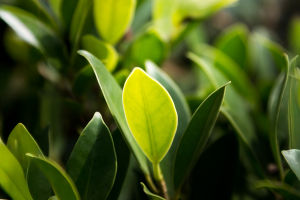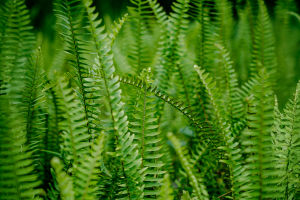Ever stroll through the concrete jungle and wonder who else calls it home? Lykkers, look closer! Beneath the hum of traffic and glow of streetlights, a silent revolution is reshaping life.
Urban environments, once seen as biological deserts, are now dynamic hotspots driving rapid evolutionary changes in countless species. This isn't just survival; it's adaptation on fast-forward.
Rat Dental Shift
Consider the humble brown rat scurrying through New York City alleys. Recent studies reveal a startling change: their teeth are getting *smaller*. Why? To better crunch discarded human food like pizza crusts and fries. This subtle genetic shift enhances their ability to exploit our messy habits, proving evolution works even amidst skyscrapers and subways.
Clover's Chemical Choice
Look down at the pavement cracks. That white clover thriving there? Researchers in Toronto discovered downtown plants produce far less toxic cyanide than their country cousins. With fewer plant-eating insects in cities, the costly poison becomes unnecessary. It's a brilliant example of energy-saving adaptation – nature streamlining for efficiency.
Heat-Hardy Water Fleas
Tiny water fleas (Daphnia magna) in sun-baked urban ponds are evolving superpowers. Facing hotter water from heat-absorbing concrete, they develop faster reproductive cycles and greater heat tolerance. Some even show genetic resistance to pollution. These minute creatures offer giant clues about resilience in a warming world.
Peppered Moth Legacy
The iconic English peppered moth remains a textbook case. Industrial soot darkened tree trunks, making lighter moths easy prey. Darker variants flourished – a visible triumph of natural selection within decades. This classic story paved the way for modern urban evolutionary ecology, showing cities are potent evolutionary labs.
Neighborhood Genetics
Manhattan's brown rats tell a tale of urban geography. Rats from different boroughs show distinct genetic profiles. Barriers like wide avenues or rivers isolate populations, leading to unique adaptations. Understanding this helps manage them and reveals how cities sculpt genetic diversity on a micro-scale.
Evolution's Urban Lab
Evolutionary ecologists, like Marc Johnson, emphasize cities create entirely novel environments. Factors like an area's age, amount of green space, local climate (urban heat islands), and pollution levels vary wildly, creating unique evolutionary pressures. This patchwork lets scientists ask: Do identical species adapt the *same* way in similar city settings?
Beyond Biology
Research now explores how socioeconomic factors shape urban evolution. Lush parks in affluent areas versus sparse greenery in struggling neighborhoods create vastly different pressures on local wildlife. Understanding this link is vital for designing cities that foster biodiversity for all residents, human or otherwise.
Future-Proofing Nature
Studying urban evolution isn't just academic. Creatures like the adaptable Daphnia hint at how life might respond to global climate change. Their rapid genetic shifts offer hope – and critical data – for conservation in an increasingly human-dominated planet.
Concrete Conclusions
Next time you walk city streets, Lykkers, pause. Notice the clover in the curb, hear the birdsong adapted to traffic noise. These aren't just survivors; they're evolving pioneers. Their remarkable transformations reveal nature's breathtaking flexibility. Understanding this urban evolution empowers us to build cities where both concrete and creatures thrive together. Isn't that a future worth adapting for?


